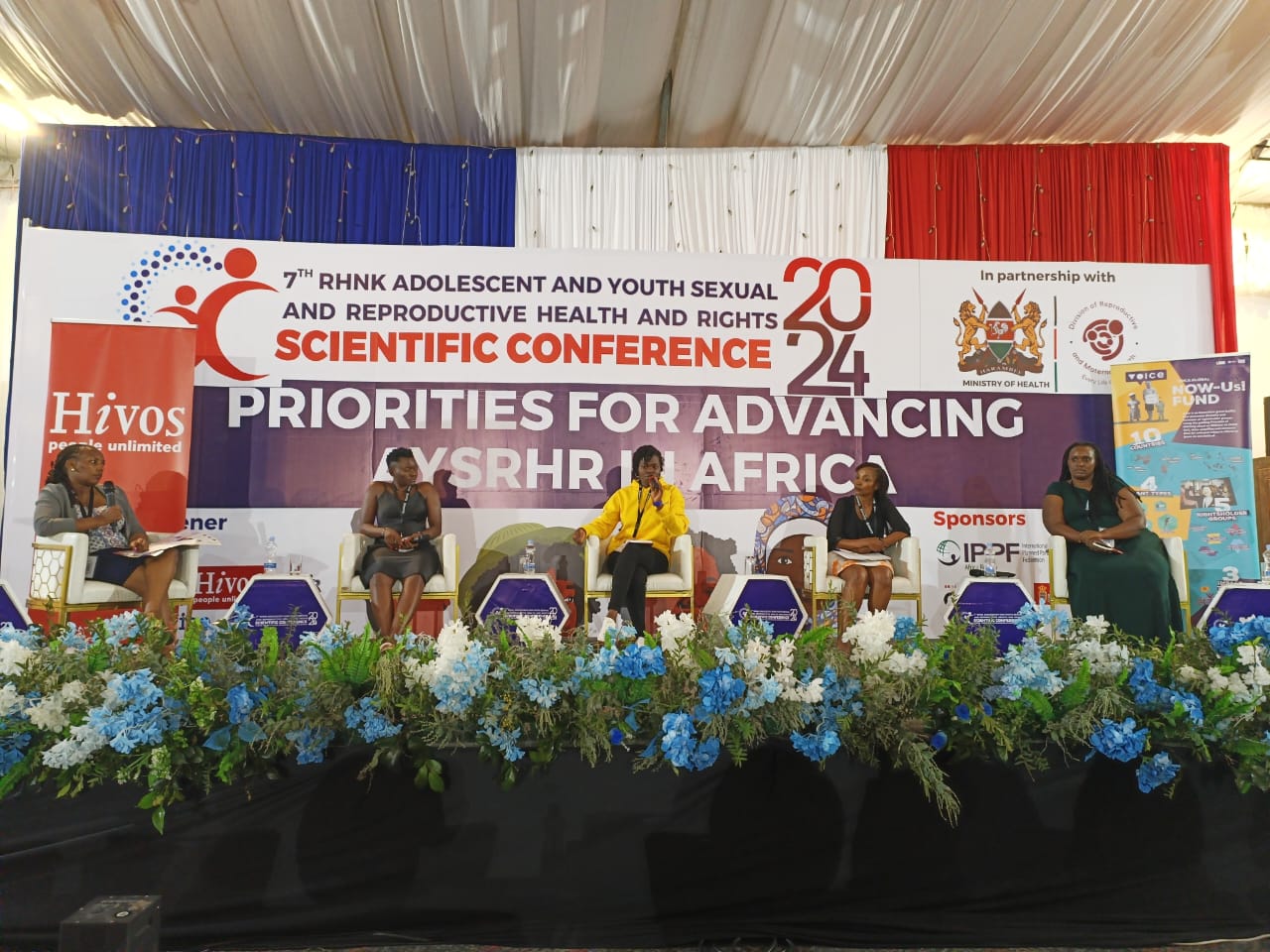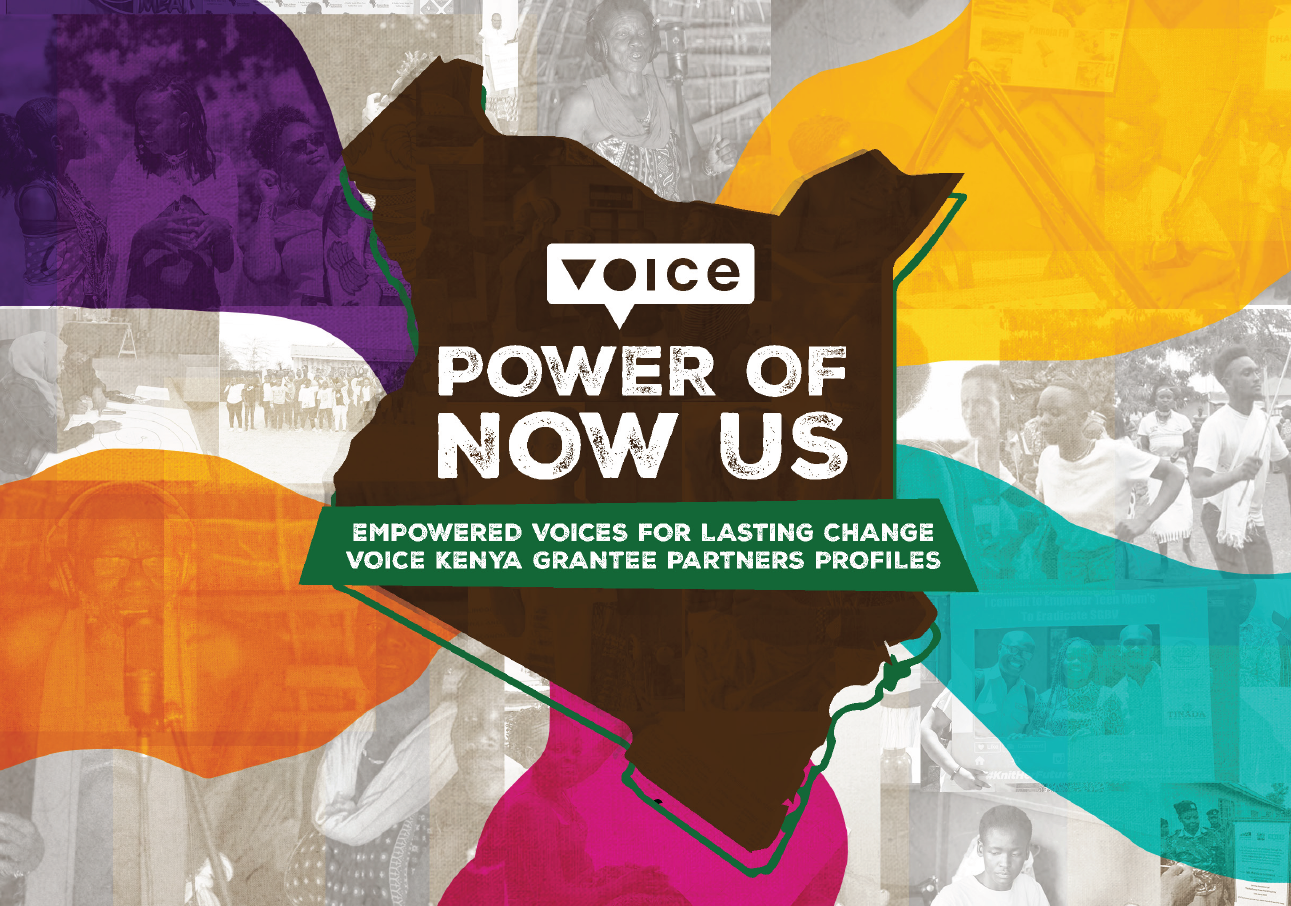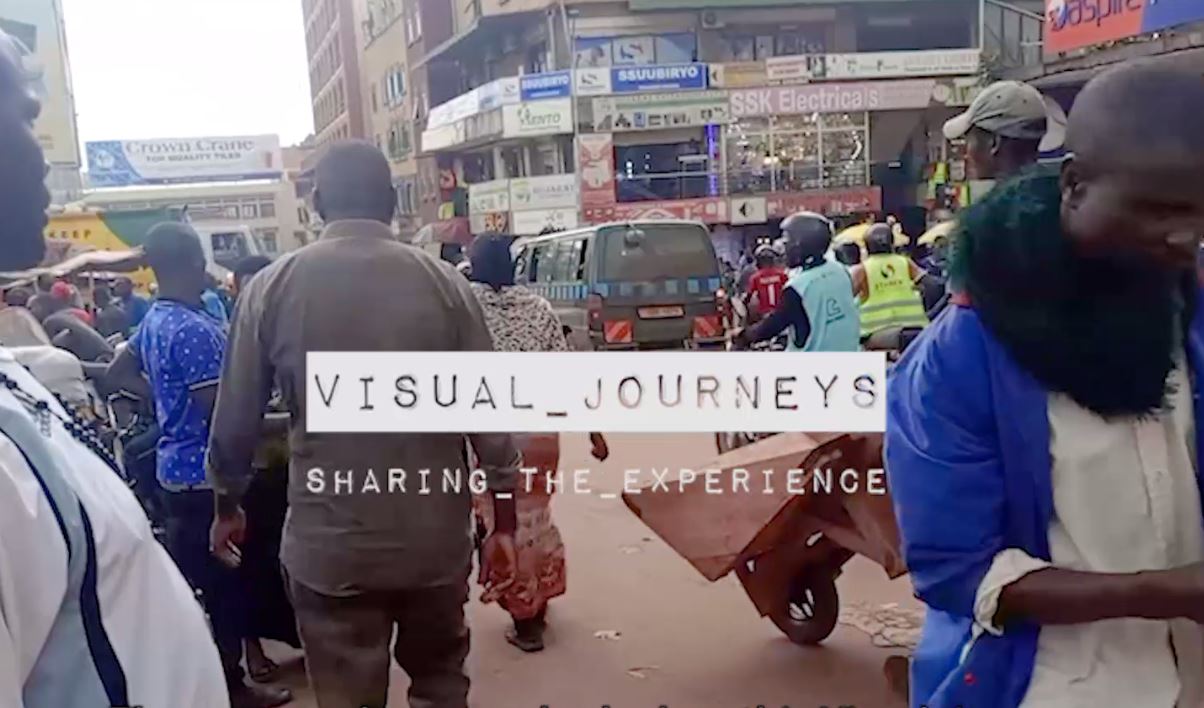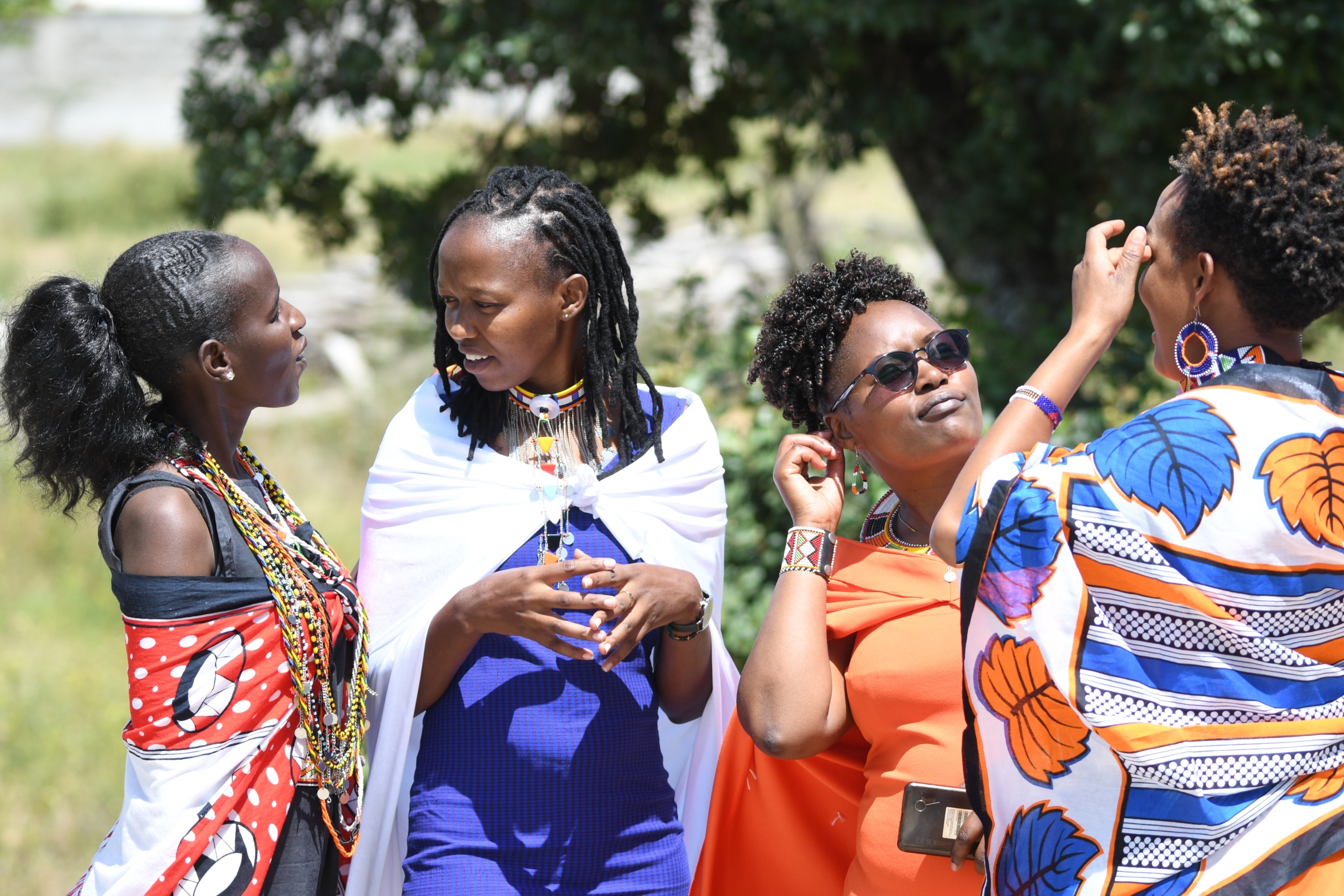The case of double land allocation in the Magarini Settlement Scheme
by Raphael Mzungu , Director, The Institute of Participatory Development-Kulamusana (IPD-K), Kenya
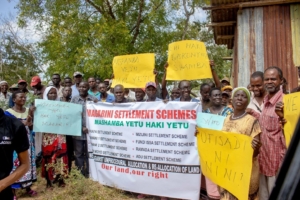
The Magarini Settlement Scheme was one of the most ambitious programmes by the Kenya Government in the 20th Century and was aimed at settling the landless Kenyans based on Kenyan laws on settlement schemes. The requirement is that the local people of any region be given or allocated seventy-five percent (75%) of the land mass and the remaining twenty-five percent (25%) goes to people from other parts of the country to encourage unity and cohesion amongst Kenyans.
From the mid-1970s to the 1990s, this project managed to open the areas, compensated farmers for their cash crops and houses, cleared bushes and issued land to farmers in eight different schemes: Mizijini, Marafa, Adu, Ramada, Pumwani I, Pumwani II, Fundissa and Shauri Moyo Schemes.
As the project came to a halt, indigenous families claimed to have been left out as people from outside had been given opportunities at the cost of the local people. In the dawn of a settlement scheme, Magarini had become a no man’s land having changed to the hands of the government. The indigenous peoples had thought that they would be settled before other as they considered this their ancestral lands, contrary to the government’s concept of a settlement scheme.
This controversy remained while the Government believed to have compensated the people. Due to this, establishing a settlement scheme remains undone to date. Though land was distributed fairly to all according to the Land Settlement Scheme Act, families refused to move to the new land allocated to them demanding to be settled on their respective old homesteads.
After the land allocation settlement, indigenous people found themselves assigned to plots far from their current residences. Some community members expressed dissatisfaction, noting that the allocated land lacked essential amenities like water sources and had inadequate transportation infrastructure. According to tradition and culture, where they lay their deceased family members to rest within the are, build permanent homes, and cultivate significant crops like coconut trees, represent their true home. Consequently, relocating to new land could be seen as abandoning one’s ancestors, deemed culturally unacceptable. This led to a sense of deception among local communities, persisting to this day, particularly concerning plots that were not rightfully theirs. In certain instances, families sold the allocated land while continuing to occupy their original homes, which had been assigned to others.
The stipulation that 25% of the settlement scheme was to be allocated to other Kenyans wasn’t adequately communicated to the local or indigenous population. This lack of clarity became a primary trigger for the conflict. The arrival of newcomers was perceived as an intrusion by the indigenous people. Nonetheless, these outsiders were individuals legitimately allocated land by the government, having fulfilled the necessary settlement criteria and paid the required fees.
With this magnitude of undertaking within the Magarini settlement scheme, mistakes are bound to occur. However, approximately 30 years after the summary conclusion of the settlement scheme, the land allocation saga still abounds long after the settlement scheme committees were dissolved.
Following the retirement of the settlement officer, a letter he sent sparked extensive discussions. In this letter, he allocated land to new individuals, despite acknowledging that some of the plots were already inhabited. In multiple instances, the names on the allocation letters were misspelled, and rectifying these errors took so long that a new owner was granted the right to claim the same land. This delay occurred due to the land still not being officially assigned at that point. However, the subsequent owners of the new plots eventually realised that people were already residing on the land.
The local community was not happy with the allocation of the 45 parcels of land as it was double allocation. The cases of the christened new occupants who own legal documentations are considered the land owners as per the appointing authorities. These complaints and lack of action from the Ministry of Land, is what led to the demonstration by the Magarini Settlement Scheme farmers.
The Institute of Participatory Development-Kulamusana or IPD-K, a partner of Voice implementing the Mwanati Asilia project, is a local Public Benefit Organization (PBO) and multi-sectoral organisation rooted in the coastal region with headquarters in Malindi Town. Their vision is sustainable development being promoted through community participation.
The Project, operating in collaboration with communities in a peaceful manner, led to the long-awaited issuance of title deeds by the Government and the registration of community land under the new Community Land Act of 2016. This breakthrough has been particularly impactful in Magarini, Malindi, Kilifi North, and Ganze Sub-counties. Communities have been addressing historical land issues, fostering peace and harmony in the project area.
The Project has been actively raising awareness by training four Community Resource Persons in each ward, conducting community workshops, radio programmes, community-led Land Clinics, and utilising social media for community empowerment. IPD-K is joined by the MALODIG-Dhome, a community-based organisation that further mobilised the community and organised demonstrations, including media engagement and banner displays.
On October 12th, 2023, about 170 members of the Magarini indigenous community peacefully staged a demonstration, demanding resolution for land allocation issues concerning the Magarini Settlement Scheme. The demonstration took place in Marafa town and was attended by community leaders, Marafa Ward County Assembly members, and the Deputy County Commissioner. The event received coverage from local media outlets such as the Kenya News Agency, Citizen Media Group, K24 television, Kaya, Msenangu, Lulu FM stations, and freelance journalists.
Following the demonstrations, community leaders presented a petition to the Deputy County Commissioner, who pledged to address the matter and prevent the displacement of existing occupants by new landowners. The landowners urged the Deputy County Commissioner to intervene and prevent conflicts arising from these new allocations. However, the commissioner advised Dhome to conduct an in-depth analysis of the issue individually to offer targeted responses.
Despite these assurances, the indigenous people remained wary of empty promises, recalling similar assurances in the past that yielded no tangible outcomes.
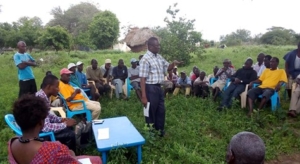
Mr Mzungu, Director of The Institute of Participatory Development-Kulamusana (IPD-K) states that,
“Development cannot take place in a vacuum, land remain key to productivity, however it is clear that outsiders have benefited more on the use of land as a collateral to serve financial resources from financial institutions at the expense of the locals. This has been so to Arabs, Indians and Europeans.
The indigenous people have been accustomed to the role of caretakers, digging the land without any relationship with the wealth available to them. People from other parts of the Country equally have the same privilege, they have made use of the land and enriched themselves while the indigenous people have remained poor.
This project is out to empower the indigenous people to explore the existing potential both in using the furtility to produce food as well as using the land to access resource for development and improve their lives. My land my right is the slogan and may the indigenous people take control of their environment for a better life. Magarini people have rights like any other people in the country.”

